There is a mountain that turns the Similkameen River to the East as it crosses the Canada-US Border, and pushes it on to meet the Okanagan River at Ellisforde. It is called Chopaka. It is a sacred peak in the way that Mount Ararat in Turkey, where Noah’s Ark found dry land, or Delphi in Greece, where the Muses honoured by the priestesses of Apollo created poetry out of the thin mountain air. Here it is.
Chopaka, From Rich Bar
Gold was discovered here in 1858.
If I could, just for a moment, draw your attention to the erosion slopes in a bend of the river in that photograph right above you there. A modern technical society would describe those as silts from a post-glacial lake bottom, that were torn away suddenly when an ice dam broke and all the water cut down through them in an afternoon and an evening. To the societies that came before the Gold Rush and knew the land as a part of itself, these slopes were characters that guarded turning points in the story of the river, and guarded the people who lived above it, at Chopaka, Similkameen, Keremeos, Ashnola Mouth, 20 Mile Creek, Sterling Creek, Wolf Creek, and the Tulameen, where the flint and ochre for western North America — right into the plains — were mined. People moving upriver into Similkameen territory would have passed sites like this with care, if at all.
The Watchers
The Miners of 1858, would have been watched by these cliffs the whole time they were digging around in the ground.
Think of this not as a series of photographs, but as a reading of the land, the way you are reading these words and the images scattered through them like stones in the current of the river.Here they are, even closer.
Reading a Little More Closely
Look how the trees are growing in the syntax of this story. The land is providing paragraphs and sentences. The trees and bushes are the words that fill them. Even people, passing by, follow the outlines of the story, and if this story is ultimately told in words, well, that’s because that’s what people do. They’re like that.
The Coyote rocks that made the centre of this story, and the centre of the river, are now drowned under the Enloe Dam, but the rest of the story is still here. And here…
The Bones of the Story
The story is the earth.
Once you have experienced a story in the land, not as a child but as here’s no going back to stories in books after that. Contemporary North American and European societies spend considerable effort teaching literacy to as many members of their populations as possible — and by this they mean book literacy. Against that, there is only experience itself, and its own stories. To book culture, they are lost, and have become a beautiful physical world and the object that is called “Nature”, that you can experience emotionally. To people outside of book culture, though, all that emotional stuff is still a story, and even if men do this to it …
Old Mine Shaft at Palmer Lake
This is one of the literally hundreds of abandoned mine shafts broken into the mineral rich hills of the Lower Similkameen.
… it too becomes a part of the story …
Grove of Wild Cherries..
…or the land reclaiming mine tailings all on its own.
And it takes, what? 150 Years? That’s nothing.
Look! A New Character in the Story…
… has grown out of the disturbances left by the men of 1858.
I don’t know about you, but I was taught by the land, and then was schooled to tell stories in words and books, and now, now I’m listening again. After 150 posts with Okanagan Okanogan, it’s clear to me that there is a way of writing that is also a way of agriculture and a way of technology in a broader sense, and they are all a way of the land in a country without borders. This way of story telling can be taught. I hope to lay down a few ideas in that direction later this week.
Categories: Agriculture, education, Erosion, First Peoples, Geology, Industry, Land, Nature Photography

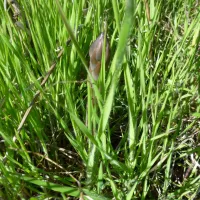
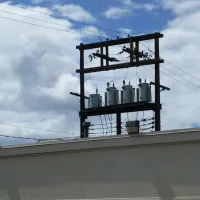
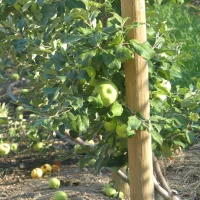
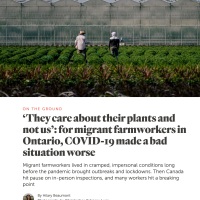
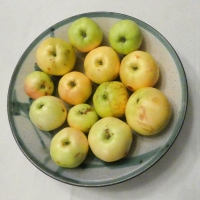
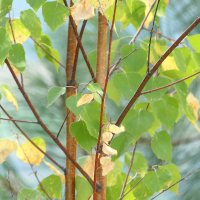

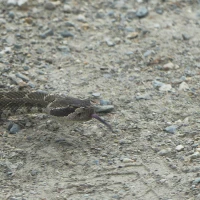

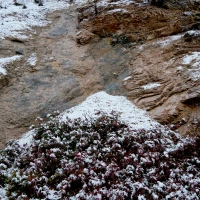









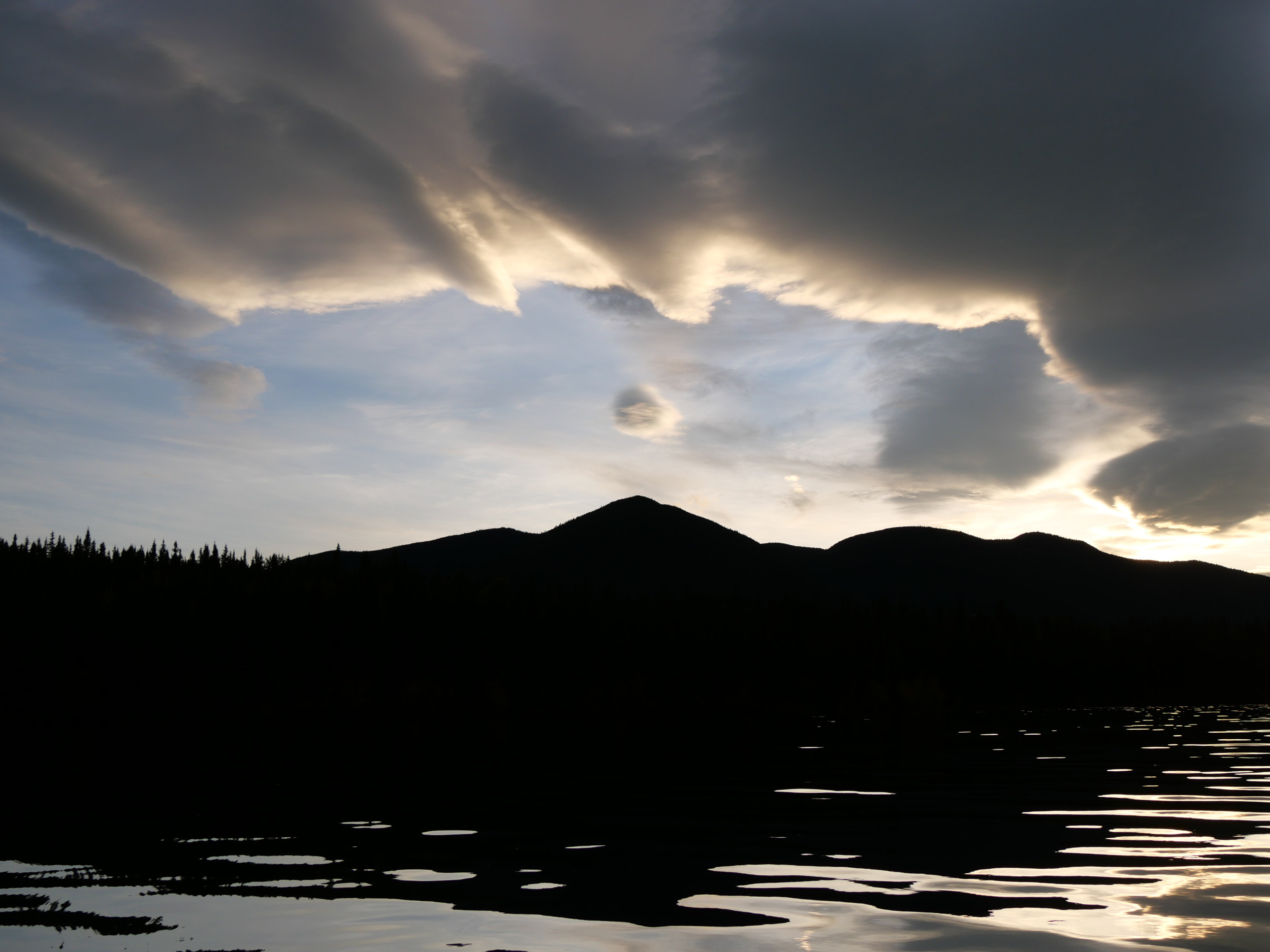
Can’t wait for your ideas!
LikeLike
I’m looking forward to it, too. That concept — that there is a way of writing that is also a way of agriculture — makes me think of Wendell Berry, the farmer/poet. Recently I came across his poem “The Real Work”:
It may be that when we no longer know what to do
we have come to our real work,
and that when we no longer know which way to go
we have come to our real journey.
The mind that is not baffled is not employed.
The impeded stream is the one that sings.
LikeLike
I like the close reading of bones and syntax of a landscape, a place, a body.
LikeLike